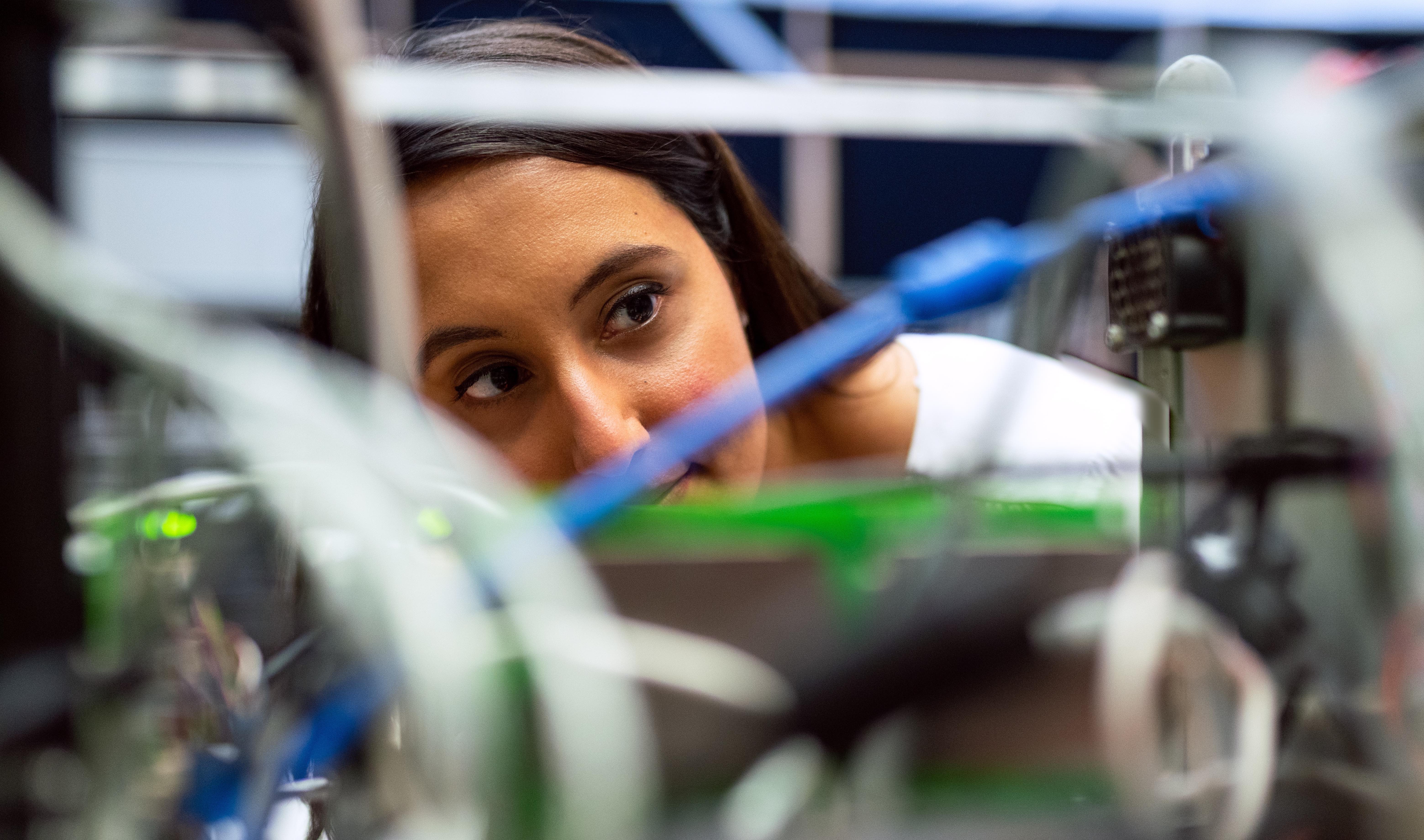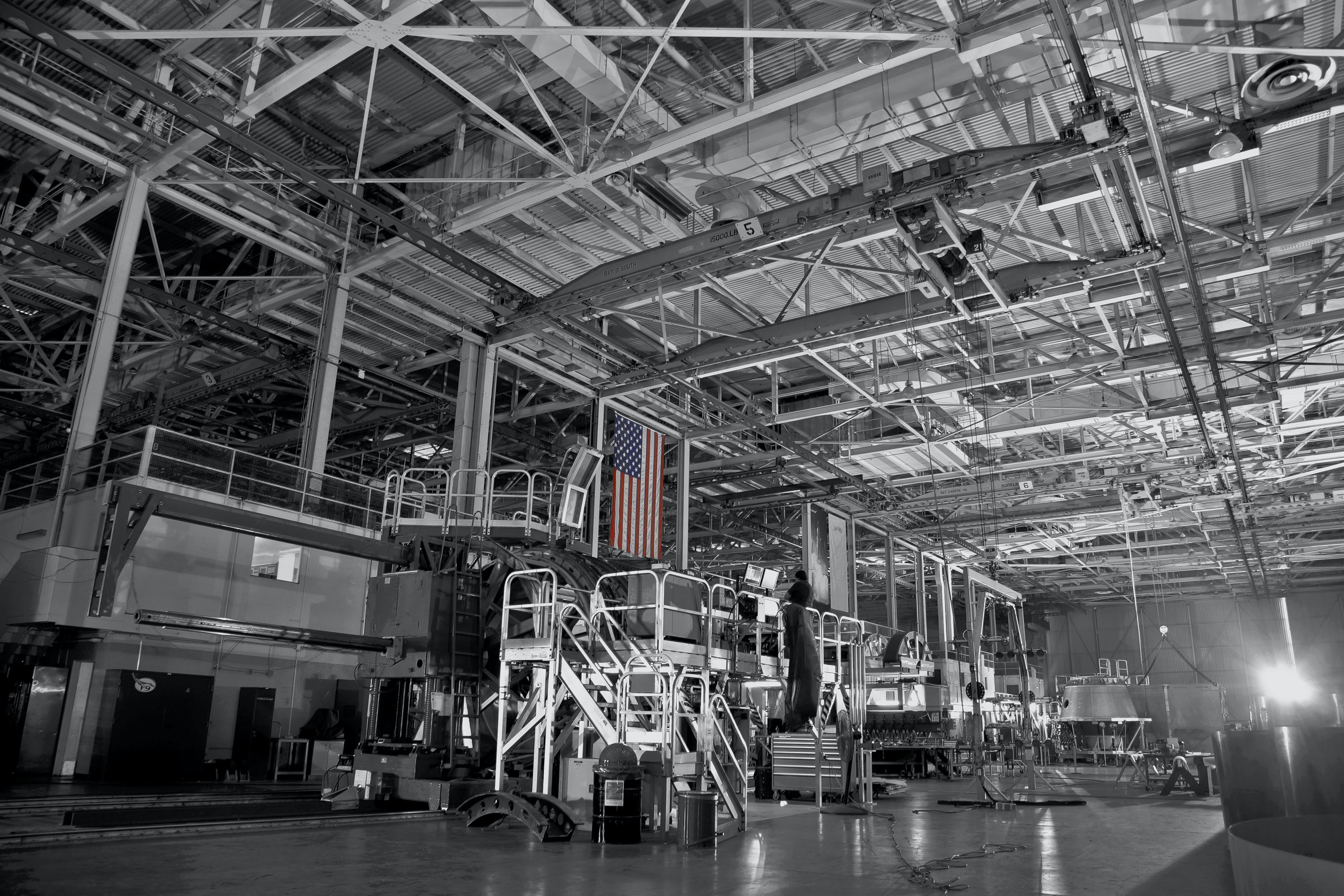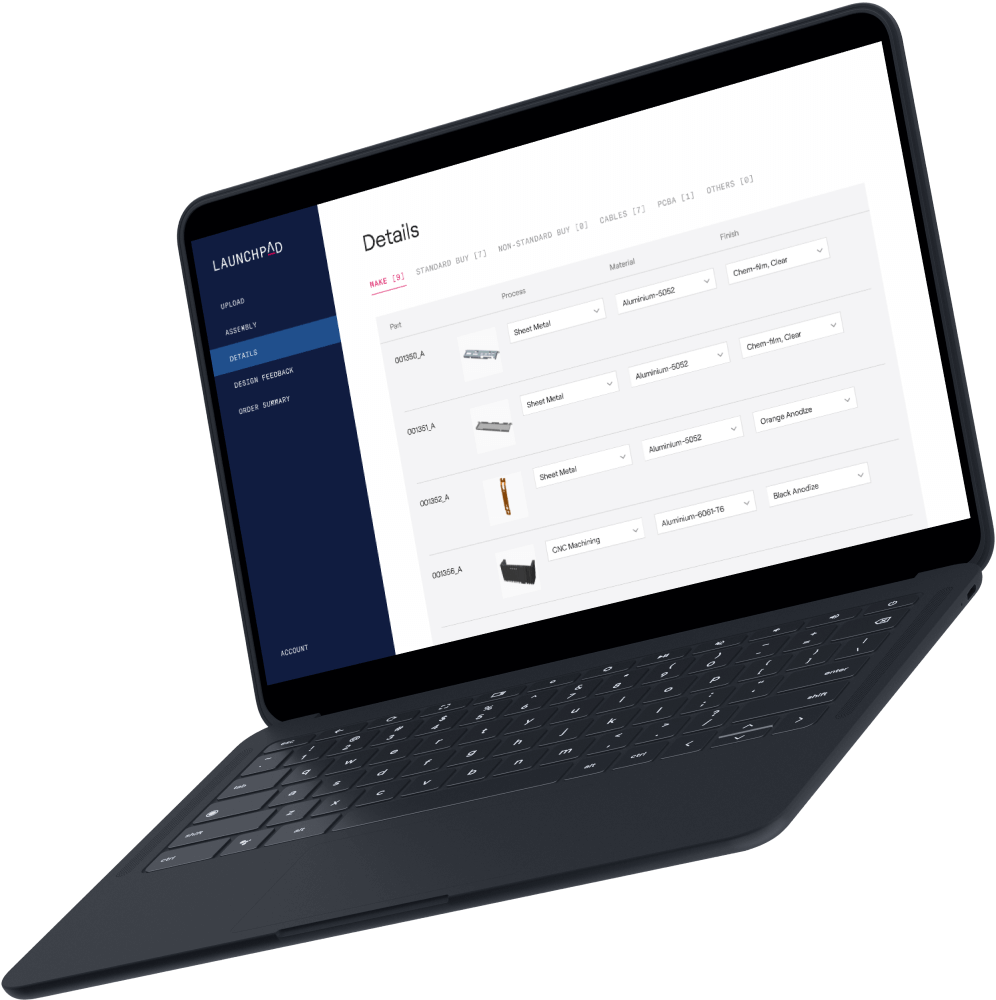
Perhaps you've wondered, "What is plastic injection molding and how does an injection molding machine work?" Injection molding of plastic parts can be a great choice for on-demand manufacturing.
Could it be the right manufacturing process for your next project? The following information can increase your understanding of the advantages and drawbacks of plastic injection molding, and the types of projects for which it may be most appropriate. Our quote system can help you determine the cost and lead time of utilizing the process for production of your next product.
What is Plastic Injection Molding?
Plastic injection molding is a technique used to create molded products by heating plastic materials into a molten form and injecting into a custom-designed mold. Then the material is cooled to solidify the parts. The method can be utilized to mass produce parts featuring complex, unique shapes.
An injection molding project consists of three basic steps: Product design, mold design, then the actual manufacturing process. If the product is designed with ease of mold creation in mind, the mold designed and made with precision, the manufacturing process will proceed smoothly.
The manufacturing process itself includes six major steps: Clamping, injection, dwelling, cooling, mold opening, product removal.
How a Plastic Injection Molding Machine Works
Plastic injection molding companies use machines that work by melting, compressing and injecting plastic resin pellets into the runner system of a custom constructed mold. A mold can be made for making a one-time test part or a run of parts for filling a customer's order or manufacturing a more complex item.
Basically, plastic injection molding machines are comprised of two units: a clamping unit and an injection unit.
- The clamping unit opens and closes a die, and ejects finished products. Two types of clamping methods exist: toggle type and straight hydraulic type.
- The injection unit melts plastic and injects the molten substance into the mold.
The process of injection molding begins when a screw is rotated to melt plastic released into the machine from a hopper. The molten plastic material accumulates in front of the screw. This process is called metering. When the required amount of molten plastic for the job is accumulated, the injection process begins.
As the molten plastic enters the mold, the injection molding machine controls how fast the screw moves, regulating the injection speed. The machine also controls the dwell pressure, the pressure after the molten plastic fills into the mold's cavities. The position when the screw changes from speed control to pressure control is set at the spot where either screw position or injection pressure reaches a specified value.
Once molding has occurred, ejector pins help remove the part from the mold. The injection molded part then drops into a loading bin. When a run of injection molded parts is complete, the parts for the order - or a sample run that's ready for approval - are promptly boxed and readied for shipping. Unless they are scheduled, as is often the case, to receive a finishing process to prepare them for their intended use.
Some required finishing options for injection molded parts include:
- Color matching with custom shades.
- Printing.
- Laser engraving.
- Mold-Tech finishing.
- Inserts prepared with threading.
- Basic assembly.
Benefits of Injection Molding
A plastic injection molding manufacturer can sometimes provide the best process for getting your latest product design into production. Here are five benefits to consider.
1. Plastic injection molding is perfect for the design of complex parts: With the right design, quality complicated parts can be made in high volumes, yet remain virtually identical throughout subsequent production runs.
A good design, combined with a manufacturability test, prevents the expense of mistakes in determining whether plastic injection molding is the right choice for a project. Attention to design and testing also facilitates the creation of a mold that will repeatedly result in parts of flawless dimension.
AI and automation support the error-free launch of plastic injection molding projects.
2. Injection molding supports efficient, fast production: The short period between cycles of production featured by plastic injection molding, facilitates increased revenue and greater profit margins.
3. Parts made by plastic injection molding can offer enhanced strength: The proper balance of design and material choice can produce parts that will stand up to their intended use.
4. Flexible choice of material and color: Varied coloring systems and color blend choices, can be selected to produce the right properties and effect for your particular product.
5. Cost savings: Automated plastic injection molding tools augment the already fast, efficient process of producing quality parts. Plastic injection molding also creates less waste product than some traditional manufacturing processes.
Drawbacks of Injection Molding
Overhead costs for tooling, such as mold design and manufacturing, and long lead times are the biggest drawbacks to choosing a plastic injection molding. That will often lead to a minimum volume analysis to validate the choice of injection molding over other more flexible manufacturing methods.
A solution to that drawback is the fact that prototypes of molds can be made by less expensive technologies, like CNC manufacturing and 3D printing. 3D printing is becoming a more and more popular choice as 3D printing machine costs come down.
Once the mold has been perfected, the process of making multiple parts is easily repeatable at minimal cost.
Design restrictions sometimes prevent injection molding from being the most appropriate means to manufacture a part. But sometimes the part design can be modified to make it more amenable to the plastic injection molding manufacturing process option.
Looking to Get Your Manufacturing Project Off the Ground?
Short runs of parts may not be cost-effective when up-front prices of preparation for the plastic injection molding process are considered. Plastic injection molding isn't always the best manufacturing process option, especially when facing smaller batch sizes or production volume uncertainty.
However, plastic injection molding can be the best, most cost-effective option for the production of large volumes. Evaluation of design requirements and manufacturability of a particular product or component design can easily determine whether the plastic injection molding process is a wise choice for your next project, before you make a significant investment of cash.
When your design is ready, we'll provide a real-time quote.
We offer modern, on-demand manufacturing resources. Automated manufacturing tools can help to avoid common problems encountered with traditional manufacturing processes, including plastic injection molding. Lauchpad's on-demand manufacturing portal can help you determine your best manufacturing options, saving you time and costs. We can help guide you through the process. Contact us.




